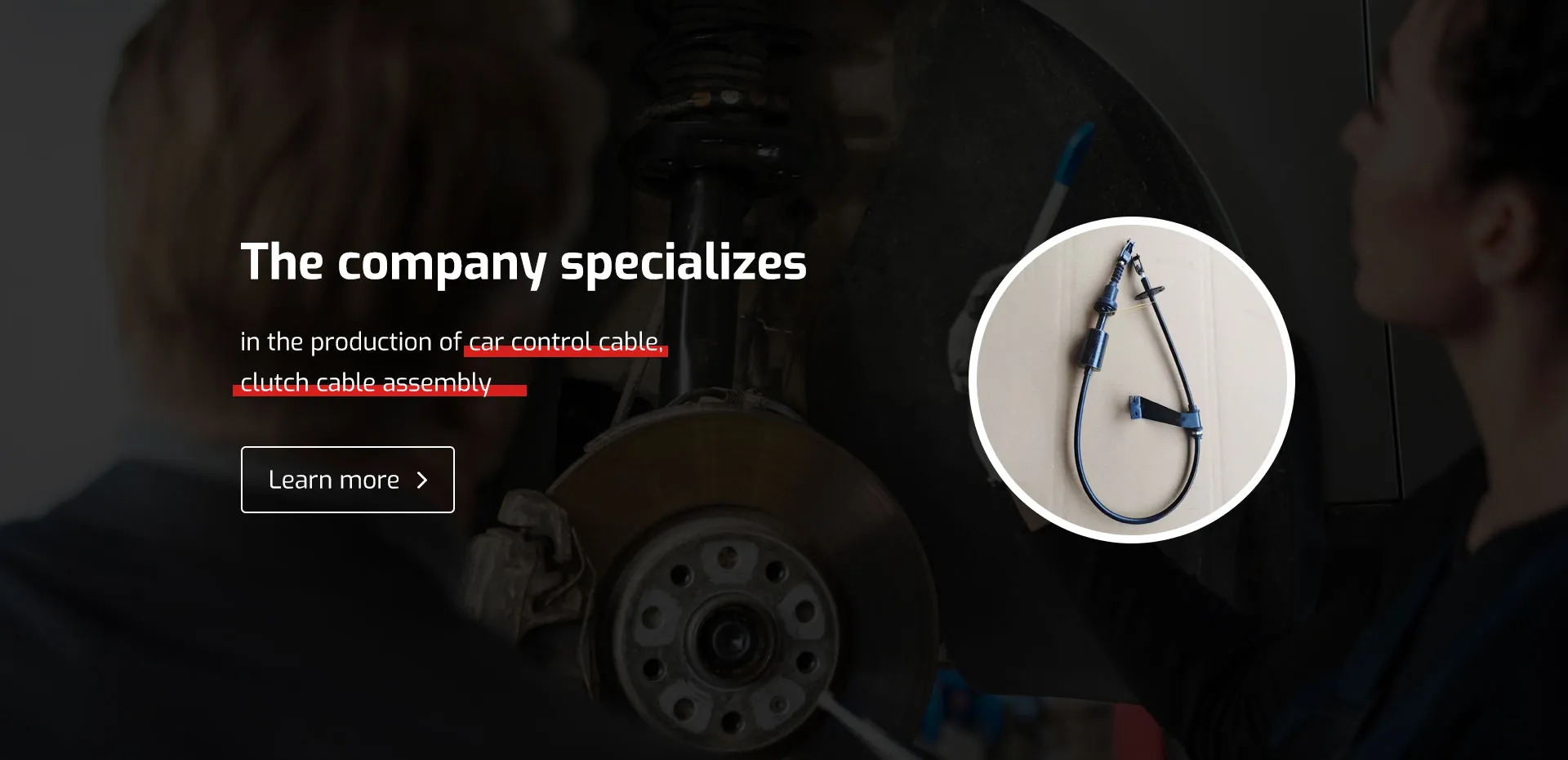slave cylinder hose
Understanding the Importance of Slave Cylinder Hoses in Automotive Systems
The automotive industry is replete with intricate systems that work in harmony to ensure smooth operation and safety of vehicles. Among these systems is the hydraulic system, which plays a critical role in various functions, including braking and clutch operations. One essential component within this hydraulic setup is the slave cylinder, and more specifically, the hoses that connect it to the master cylinder.
What is a Slave Cylinder?
To understand the importance of slave cylinder hoses, it's vital first to grasp what a slave cylinder is. In a hydraulic system, the slave cylinder operates in conjunction with a master cylinder. When the driver presses the clutch or brake pedal, the master cylinder generates hydraulic pressure. This pressure is transmitted through a series of hoses to the slave cylinder, which then engages or disengages the clutch or brake mechanisms. Essentially, the slave cylinder acts on the force generated by the master cylinder, translating it into mechanical action at the wheels or the gearbox.
The Role of Slave Cylinder Hoses
The slave cylinder hose serves as a conduit for hydraulic fluid, allowing this vital pressure transfer to occur smoothly. Generally constructed from durable rubber or reinforced materials, these hoses are designed to withstand high pressure and varying temperatures present in automotive systems. The integrity and functionality of the slave cylinder hose are crucial for the overall performance of the hydraulic system.
A failure or leak in the slave cylinder hose can lead to a loss of hydraulic fluid, resulting in a significant drop in pressure. This can cause brake failure, clutch malfunction, or other hydraulic system-related issues. For instance, if the brake system experiences a failure, it can pose serious safety risks, potentially leading to accidents. Therefore, regular maintenance and inspection of slave cylinder hoses are crucial to prevent such hazards.
slave cylinder hose

Signs of Wear and Tear
Like any other component in a vehicle, slave cylinder hoses have a finite lifespan and are subject to wear and tear. Drivers should be cognizant of certain signs that may indicate deterioration or failure of these hoses. Some common symptoms include
1. Fluid Leaks If you notice fluid pooling under your vehicle or stains on the driveway, it may indicate a hose leak. 2. Spongy Brake Pedal A brake pedal that feels soft or spongy can be a sign of air in the hydraulic system, possibly due to a compromised hose.
3. Difficulty Engaging Clutch In manual transmission vehicles, a struggling clutch can signify issues with the slave cylinder or its hoses.
4. Visual Damage Cracks, bulges, or fraying in the hose material are clear indicators that it needs immediate attention.
Conclusion
In summary, slave cylinder hoses, while often overlooked, play a pivotal role in the operation of hydraulic systems in vehicles. They facilitate the critical transfer of pressure from the master cylinder to the slave cylinder, ensuring the proper functioning of brakes and clutches. Regular inspections and maintenance of these hoses can help avert potential failures, ensuring driving safety and vehicle longevity. Understanding their importance can empower vehicle owners to take proactive steps in vehicle maintenance, ultimately leading to safer roads and a more reliable automotive experience.
-
Workings of Clutch Pipe and Hose SystemsNewsJun.04,2025
-
The Inner Workings of Hand Brake Cable SystemsNewsJun.04,2025
-
The Secrets of Throttle and Accelerator CablesNewsJun.04,2025
-
The Hidden Lifeline of Your Transmission Gear Shift CablesNewsJun.04,2025
-
Demystifying Gear Cables and Shift LinkagesNewsJun.04,2025
-
Decoding Clutch Line Systems A Comprehensive GuideNewsJun.04,2025
